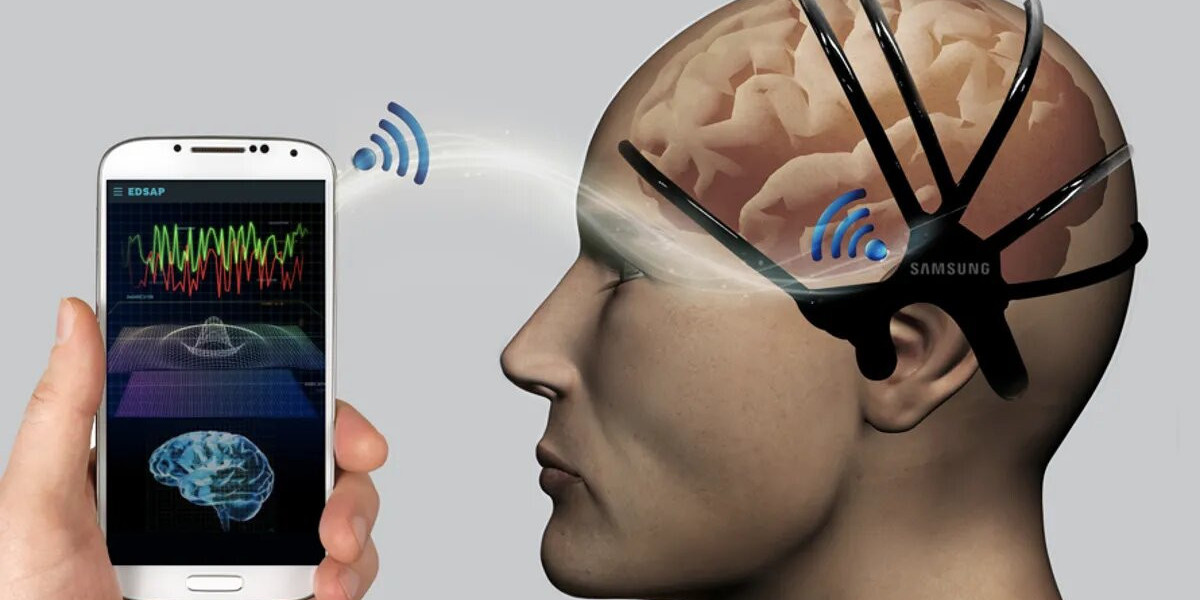The global brain monitoring market valued at USD 5.4 billion in 2023, is set for significant growth, projected to reach USD 9.6 billion by 2032 at a compound annual growth rate (CAGR) of 6.6%. The surge in demand for brain monitoring technologies can be attributed to the rising prevalence of neurological disorders such as Alzheimer's disease, epilepsy, and Parkinson's disease, as well as a growing emphasis on mental health and wellness.
Increasing Prevalence of Neurological Disorders
Rise in Neurological Disorders
Neurological disorders are becoming increasingly common due to aging populations, lifestyle changes, and environmental factors. Conditions such as Alzheimer's disease, multiple sclerosis, epilepsy, and Parkinson’s disease are widespread, and their diagnosis often necessitates advanced brain monitoring technologies. According to recent studies, over 50 million people globally are affected by epilepsy, and about 10 million people have Parkinson’s disease. This rise in cases underscores the importance of early detection, which brain monitoring systems can offer.
Importance of Early Detection
Early detection is crucial for managing neurological disorders, as it allows for timely treatment, potentially reducing the long-term impact on patients’ lives. Electroencephalography (EEG) and magnetoencephalography (MEG) are two common non-invasive brain monitoring methods used to diagnose and monitor neurological conditions. These technologies enable doctors to track brain activity, identify abnormalities, and decide on the most appropriate treatment plan.
Role of Technology in Diagnosis
Technological advancements in imaging systems like MRI (Magnetic Resonance Imaging) and CT (Computed Tomography) have enhanced the ability to visualize brain abnormalities, providing doctors with real-time data on brain functionality. These technologies, combined with AI-powered analytics, allow for more accurate diagnoses, reducing the risk of misdiagnosis.
Growing Emphasis on Mental Health and Wellness
Increasing Awareness of Mental Health Issues
Mental health is becoming a major focus area for governments and healthcare providers worldwide. The World Health Organization (WHO) reports that nearly 1 billion people globally suffer from some form of mental health disorder. This growing emphasis on mental health has led to a rise in brain monitoring devices, which help in diagnosing and managing conditions like depression, anxiety, and PTSD (Post-Traumatic Stress Disorder).
Role of Brain Monitoring in Mental Health
Brain monitoring technologies, such as functional MRI (fMRI) and Near-Infrared Spectroscopy (NIRS), play a vital role in understanding mental health disorders. These tools measure changes in blood flow in the brain, which can indicate emotional states and cognitive functions. By providing a deeper understanding of brain activity, brain monitoring devices enable more precise treatments, such as neurofeedback therapy, for mental health patients.
Integration of Brain Monitoring in Wellness Programs
Beyond traditional medical settings, brain monitoring is also becoming integrated into wellness programs aimed at enhancing cognitive performance. Wearable devices that monitor brain activity are being used by athletes, professionals, and individuals interested in improving focus, reducing stress, and optimizing brain health.
Get a Free Sample Report with Table of Contents
Brain Monitoring Market Dynamics
Technological Advancements
The brain monitoring market has seen rapid advancements in the development of portable, non-invasive devices. These include wearable EEG devices that provide real-time data on brain activity, enabling continuous monitoring outside clinical settings. Wireless brain sensors are also being developed, providing patients with more comfort and flexibility during long-term monitoring.
Rising Investments in Brain Research
Governments and private organizations are increasing their investments in brain research. Initiatives like the U.S. BRAIN Initiative (Brain Research through Advancing Innovative Neurotechnologies) aim to accelerate the development of brain monitoring technologies. These efforts are focused on mapping the brain’s neural circuits to better understand diseases like Alzheimer’s and epilepsy.
Challenges and Limitations
Despite its growth, the brain monitoring market faces several challenges. One major issue is the high cost of advanced brain monitoring devices, which limits their accessibility, especially in developing regions. Additionally, the complexity of brain monitoring systems requires skilled professionals for accurate interpretation, which can be a barrier to widespread adoption.
Competitive Landscape
The brain monitoring market is highly competitive, with several major players contributing to its growth. Below is an overview of some of the key companies in this market:
Medtronic
Medtronic is one of the leading companies in the brain monitoring industry, with a strong portfolio of neurological devices. The company's brain monitoring products are used in both clinical and surgical settings. Medtronic's Deep Brain Stimulation (DBS) systems, used to treat conditions like Parkinson's disease, are among the most advanced in the industry. The company's continued focus on innovation and product development positions it as a leader in the brain monitoring space.
GE Healthcare
GE Healthcare offers a wide range of brain monitoring solutions, including EEG and MRI systems. The company's MRI systems are known for their precision and ability to provide high-quality imaging for diagnosing brain disorders. GE Healthcare is also investing heavily in AI-driven brain imaging technologies that enable faster and more accurate diagnoses. By leveraging its expertise in imaging, GE Healthcare continues to be a dominant force in the brain monitoring market.
Integra LifeSciences Corporation
Integra LifeSciences Corporation is another major player in the brain monitoring market, known for its neuro-monitoring and neurosurgery products. Integra’s systems are used for monitoring intracranial pressure, cerebral oxygenation, and other critical brain functions during surgery. The company is focused on developing cutting-edge solutions for brain injury monitoring, particularly in traumatic brain injuries (TBI) and stroke care. This specialization gives Integra a competitive edge in the surgical segment of the brain monitoring market.
Nihon Kohden Corporation
Nihon Kohden Corporation, a Japan-based medical device company, is a global leader in EEG technology. The company’s brain monitoring products are widely used in hospitals, research institutions, and clinics worldwide. Nihon Kohden’s EEG systems are known for their reliability and precision, making them a top choice for diagnosing epilepsy and other neurological disorders. The company’s commitment to research and innovation keeps it at the forefront of the brain monitoring industry.
Future Outlook and Growth Opportunities
Expanding Applications in Neurocritical Care
Brain monitoring technologies are increasingly being used in neurocritical care units to monitor patients with severe brain injuries, stroke, or post-surgical complications. Continuous brain monitoring allows for the early detection of neurological deterioration, enabling quicker interventions and improved patient outcomes.
Growing Demand in Developing Regions
As healthcare infrastructure improves in developing regions, the demand for brain monitoring devices is expected to rise. Countries in Asia, Latin America, and Africa are investing more in advanced medical equipment, including brain monitoring systems. This provides an opportunity for companies to expand their presence in these markets by offering affordable, scalable solutions.
Role of AI and Machine Learning
AI and machine learning are revolutionizing the brain monitoring market by enabling more accurate interpretation of brain signals. AI-driven algorithms can analyze complex brain data, identifying patterns that may be indicative of neurological disorders. This not only improves diagnostic accuracy but also allows for personalized treatment plans based on individual brain activity.






